Can You Tan with Sunscreen On?
Can You Tan with Sunscreen On?
The Science Behind Sun Protection and Tanning

Many people love the sun-kissed glow of a tan, but also understand the risks of prolonged sun exposure.
Sunscreen is widely recommended as a protective measure against sunburn and skin damage, but does it completely prevent tanning?
If you apply sunscreen correctly, can you still achieve that bronzed look?
Let’s explore the science behind tanning, how sunscreen works, and whether you can safely tan while wearing it.
How Does Tanning Work?
Tanning occurs as a result of the skin’s exposure to ultraviolet (UV) radiation from the sun.
There are two main types of UV rays that affect the skin:
- UVA Rays: These penetrate deep into the skin and cause long-term damage, including premature aging and an increased risk of skin cancer. UVA rays also play a significant role in triggering the tanning process.
- UVB Rays: These are shorter in wavelength and primarily cause sunburn. They also contribute to the production of melanin, the pigment responsible for skin darkening.
When UV rays penetrate the skin, they stimulate melanocytes (cells in the skin) to produce melanin as a protective response. This melanin absorbs UV radiation, reducing the risk of DNA damage. However, excessive exposure without protection can lead to burns, premature aging, and skin cancer.
How Does Sunscreen Work?
Sunscreen is formulated to protect the skin from UV damage by either absorbing or reflecting UV rays.
There are two main types of sunscreen:
- Chemical Sunscreens: Contain active ingredients like oxybenzone, avobenzone, and octinoxate, which absorb UV radiation before it penetrates the skin.
- Physical (Mineral) Sunscreens: Use ingredients like zinc oxide and titanium dioxide to reflect and scatter UV rays away from the skin.
Most sunscreens are labeled with a Sun Protection Factor (SPF), which measures their ability to block UVB rays. For example:
- SPF 15 filters out about 93% of UVB rays.
- SPF 30 filters out about 97% of UVB rays.
- SPF 50 filters out about 98% of UVB rays.
It’s important to note that no sunscreen blocks 100% of UV rays, meaning some can still reach the skin, potentially leading to a tan.

Can You Still Tan with Sunscreen On?
Yes, you can still tan while wearing sunscreen, but the tan will develop more slowly and be less intense.
Here’s why:
- Some UV Rays Still Get Through
Even high-SPF sunscreens allow a small percentage of UV rays to penetrate the skin. Over time, this can lead to melanin production and a light tan. - Sunscreen Wears Off Over Time
Sunscreen needs to be reapplied every two hours, and more often if swimming or sweating. If sunscreen breaks down or is applied unevenly, more UV rays can reach the skin, leading to tanning. - UVA Rays Are Not Fully Blocked by SPF Ratings
SPF mainly measures UVB protection, but UVA rays can still penetrate and contribute to tanning and skin aging. Broad-spectrum sunscreens offer better UVA protection, but no sunscreen eliminates exposure entirely. - Prolonged Exposure Still Affects the Skin
If you spend hours in the sun, even with sunscreen, you may notice gradual skin darkening over time. While the sunscreen reduces UV impact, it doesn’t completely prevent tanning, especially in prolonged outdoor settings.
Is It Safe to Tan While Wearing Sunscreen?
A tan is a sign of skin damage, even if you achieve it while wearing sunscreen.
While sunscreen reduces the risk of burns and serious sun damage, it doesn’t make tanning safe.
Here’s why:
- DNA Damage Still Occurs: Any UV exposure can cause DNA mutations, leading to premature aging and increasing the risk of skin cancer.
- Cumulative Damage Adds Up: Even if you don’t burn, repeated exposure contributes to wrinkles, sunspots, and a higher risk of melanoma.
- False Sense of Security: Some people assume sunscreen allows them to stay in the sun longer without harm, leading to higher cumulative UV exposure.
For those who want a tanned look without the risks, sunless tanning options like self-tanners or spray tans provide a safer alternative.

How to Protect Your Skin While in the Sun
If you plan to be outside, follow these sun safety tips:
- Use Broad-Spectrum Sunscreen
Choose a broad-spectrum sunscreen with SPF 30 or higher to protect against both UVA and UVB rays. - Apply Generously and Reapply
Use about a shot glass worth of sunscreen for full-body coverage and reapply every two hours, especially after swimming or sweating. - Wear Protective Clothing
Long-sleeved shirts, wide-brimmed hats, and UV-blocking sunglasses add extra protection. - Seek Shade During Peak Hours
The sun’s rays are strongest between 10 AM and 4 PM. Try to stay in the shade when possible. - Consider Sunless Tanning
If you want a tan without UV exposure, self-tanning lotions, sprays, and bronzers offer a risk-free alternative.
Final Verdict: Can You Tan with Sunscreen On?
Yes, you can still tan while wearing sunscreen, but the process is slower and less intense because sunscreen blocks most UV rays.
However, tanning—even with sunscreen—is still a sign of skin damage. If your goal is a bronzed glow, consider safer alternatives like sunless tanning products.
Protecting your skin should always be the priority.
A healthy, well-cared-for complexion is more valuable than any temporary tan.
So, next time you head outdoors, lather up with sunscreen, wear protective gear, and enjoy the sun safely!
More Skin Tips.
CoreBodi
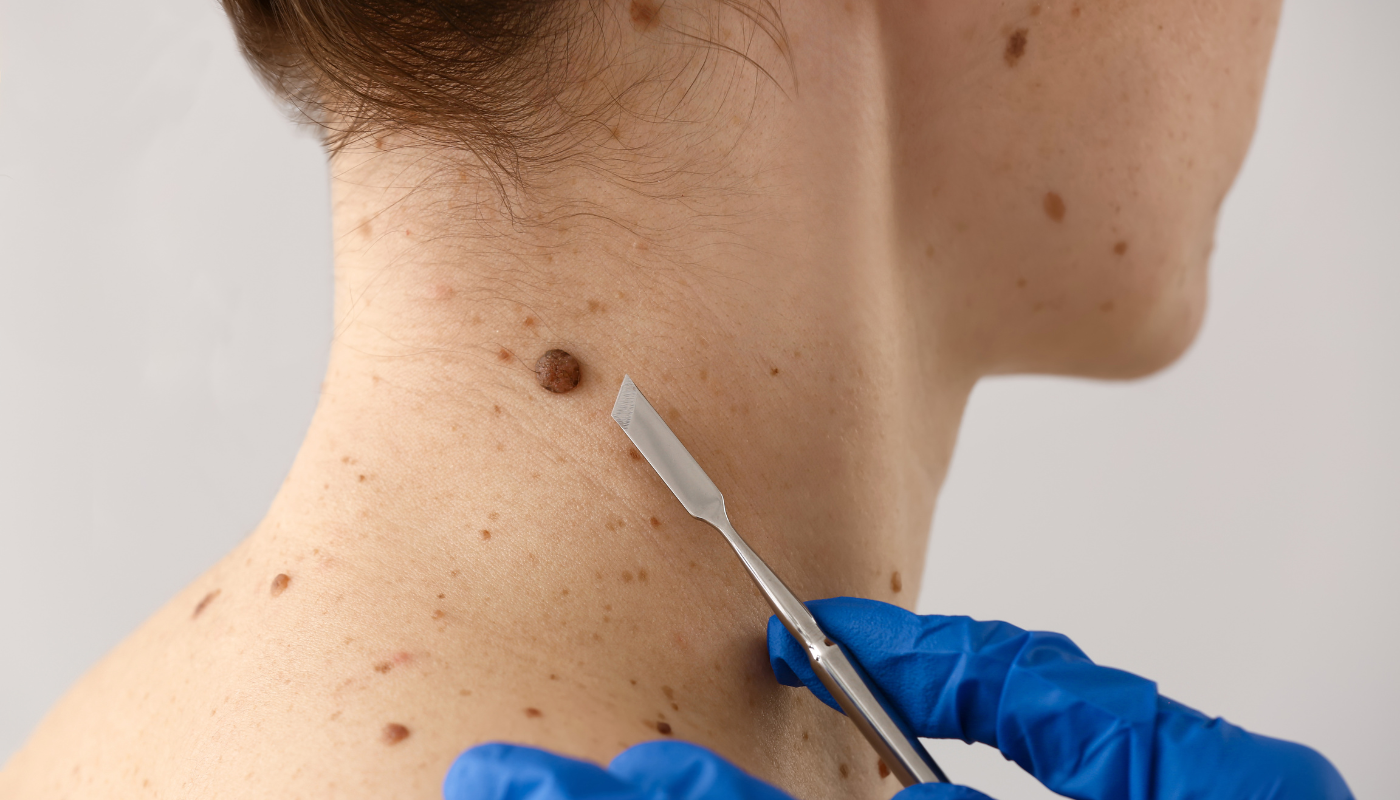


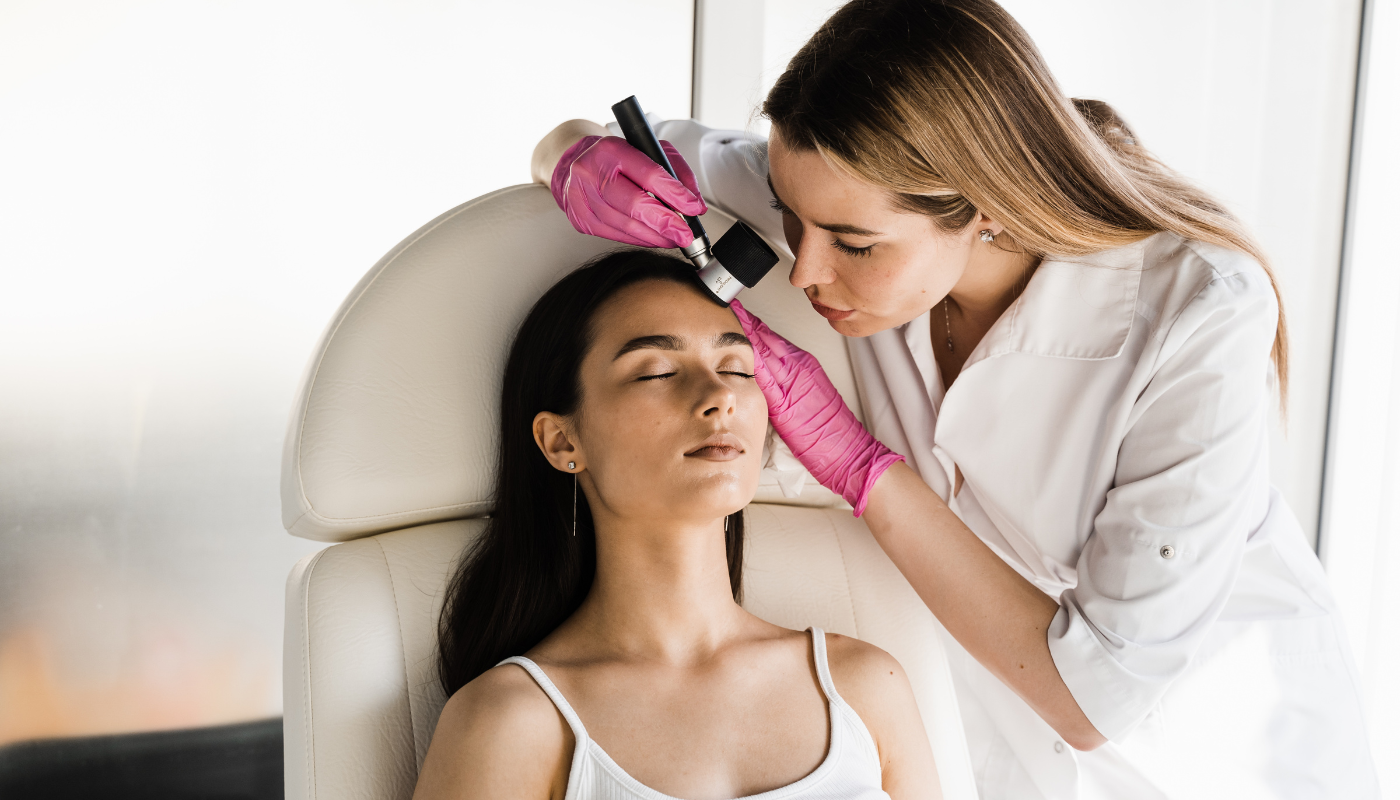
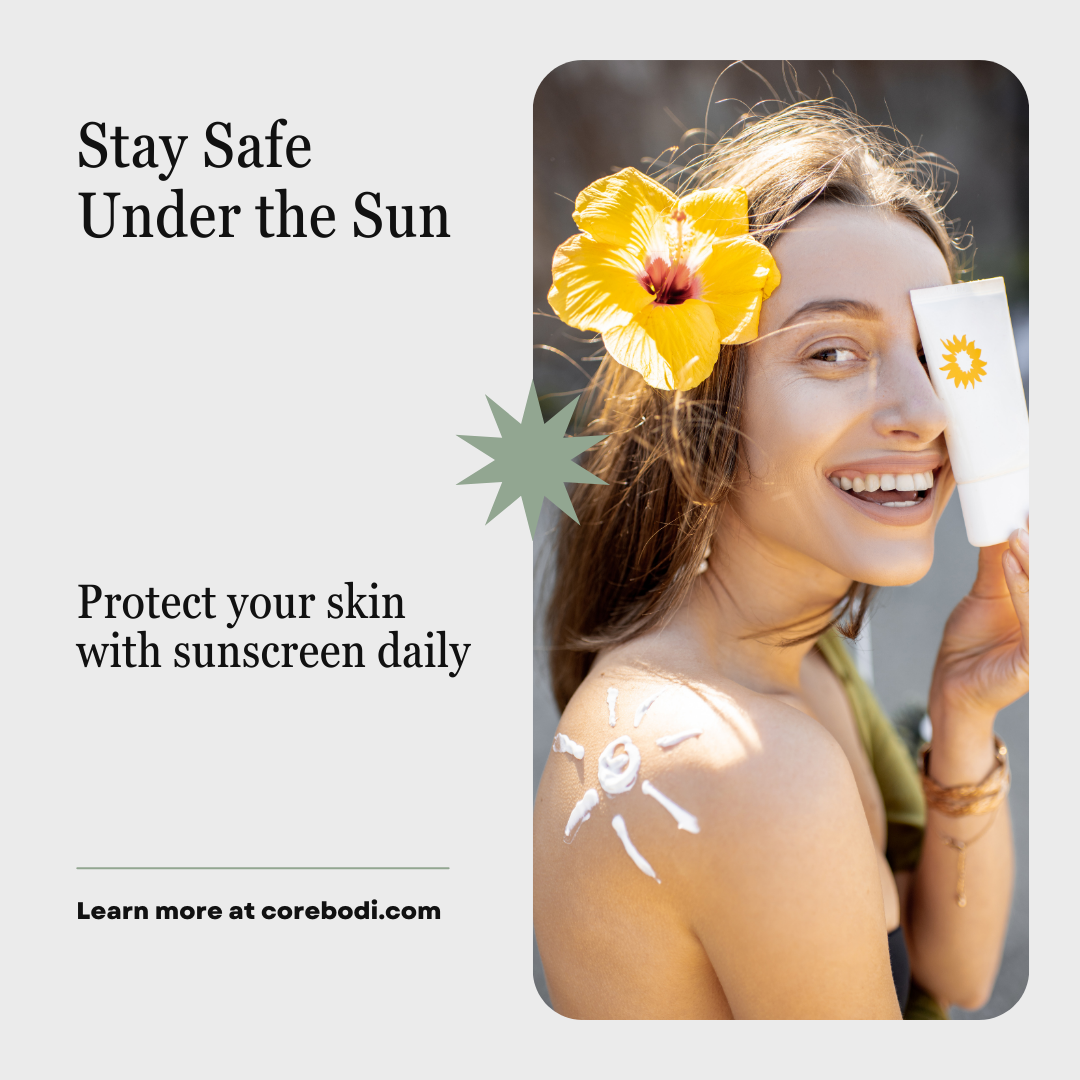

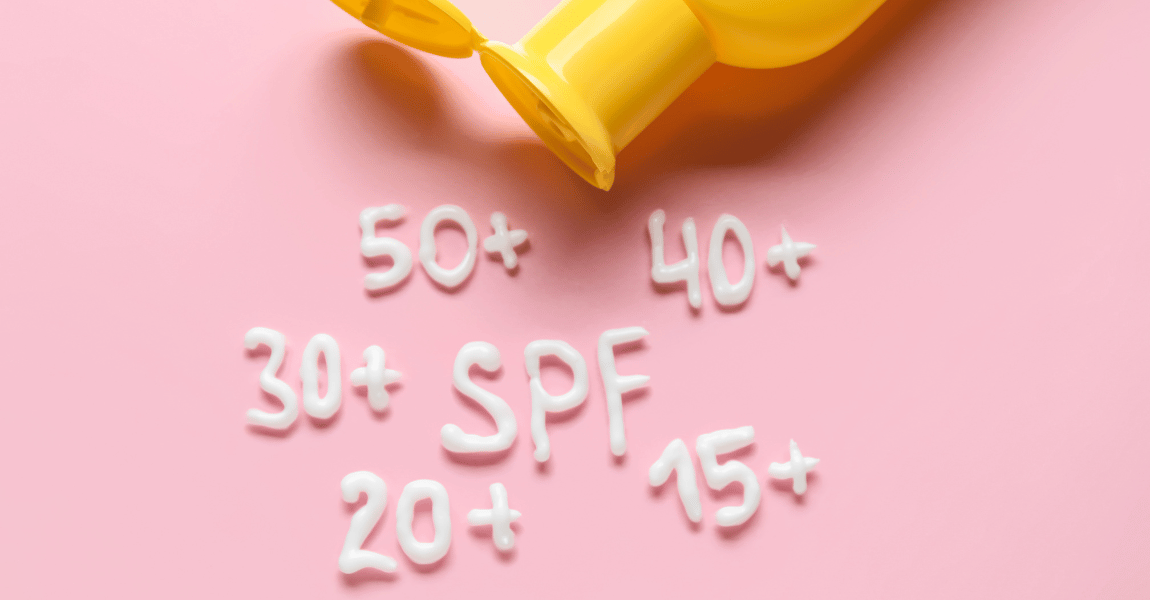
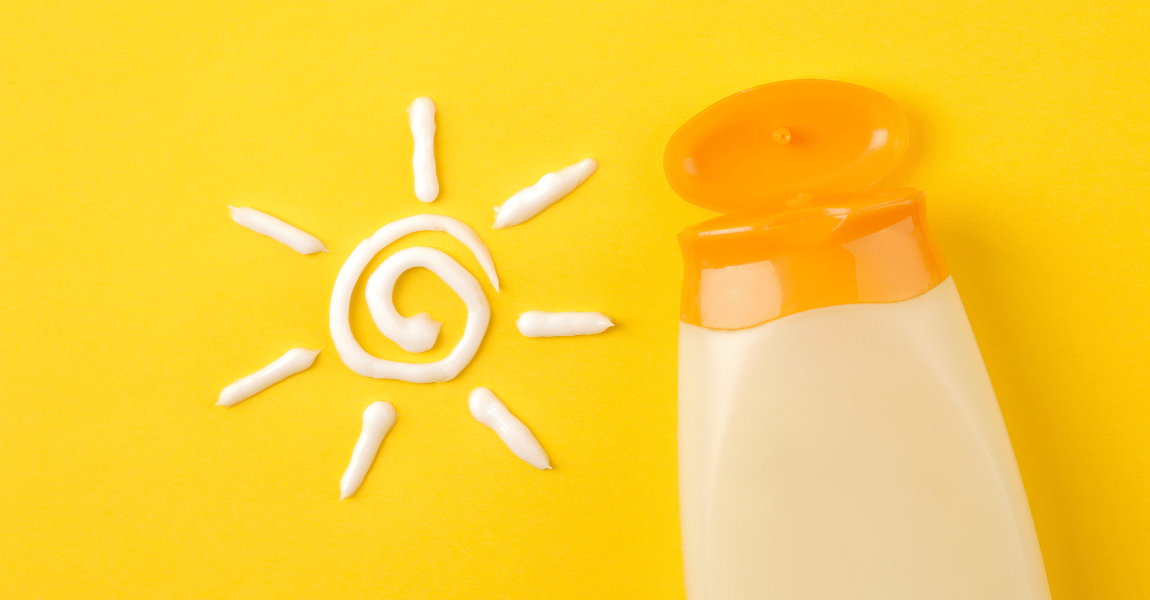


| Powered by Kaptol Media


